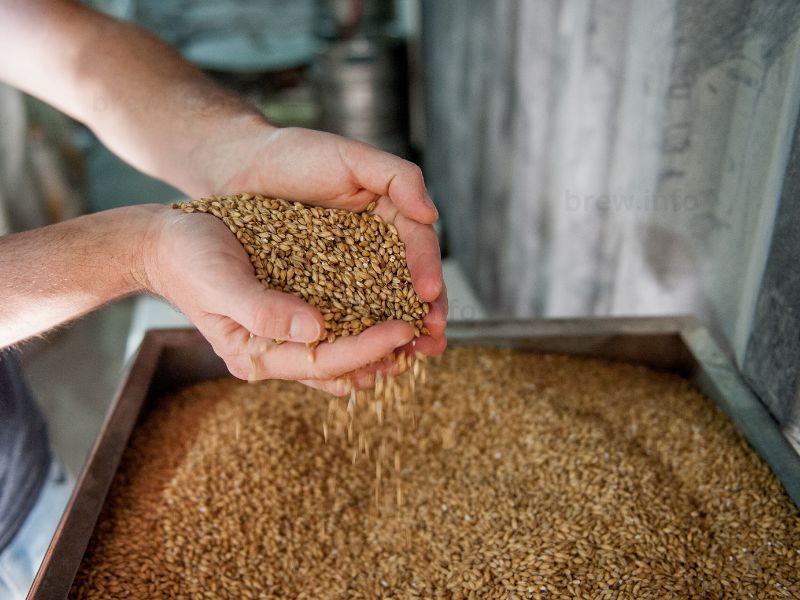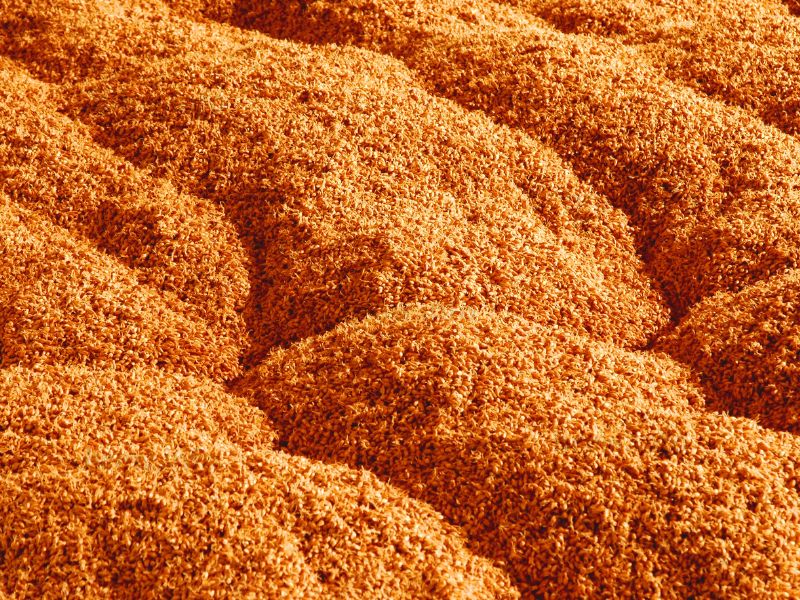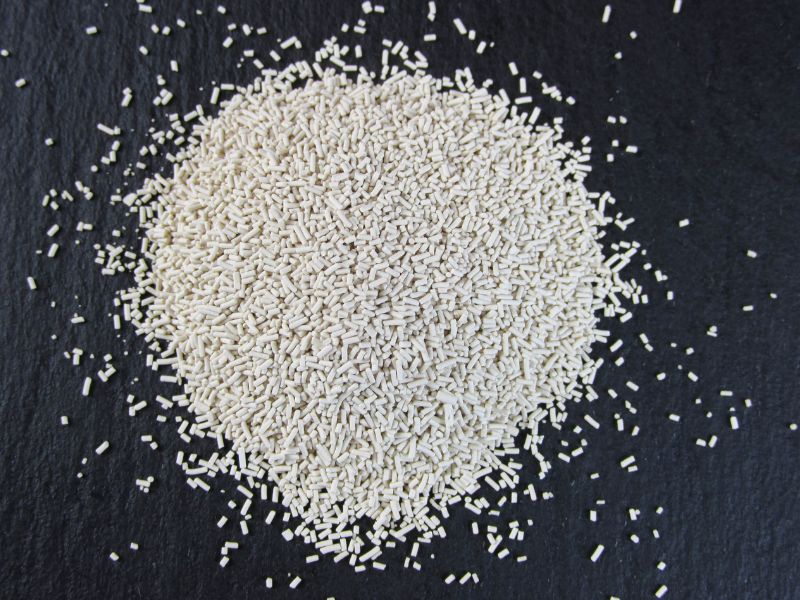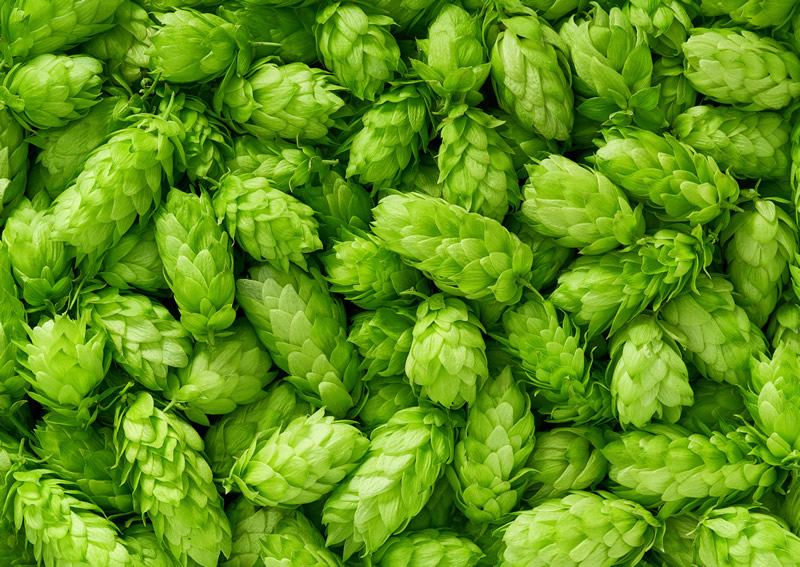The malting process is an essential step in brewing, transforming raw grains into malt for making beer. This article delves into the intricacies of malting, exploring its importance and the various stages involved.
Understanding the Role of Malt in Brewing
Malt is the backbone of the beer, providing the necessary sugars for fermentation. It contributes to the beer’s flavor, aroma, and color, while also affecting its body and mouthfeel. When it comes to malting and, eventually, brewing, barley is the cereal grain of choice. It has all it needs to grow and thrive on its own: a husk to shield the germ, a high starch-to-protein ratio for abundant harvests, a full complement of enzymes, a neutral flavor and color, and the ability to regulate its own pH.
Malting wheat and rye is just as common as barley when it comes to brewing. Although buckwheat and spelt may be malted, the resulting malt is not as effective in the brewhouse as malted barley.
The malting process is crucial for unlocking the grain’s potential and preparing it for brewing. During malting, the grains undergo controlled germination, developing enzymes needed to break down complex carbohydrates into fermentable sugars. These sugars will later be consumed by yeast, producing alcohol and carbon dioxide. Here we also over the rich history of malting.
Here we will go over each step of the malting process:
Step 1: Cleaning and Sorting the Grains
Before malting begins, the grains are cleaned and sorted. This step ensures that only high-quality grains are used, free of impurities and foreign materials.
Step 2: Steeping
The first stage of malting is steeping. Grains are soaked in water for a specified period, typically 24 to 48 hours. During this time, the moisture content of the grains increases, initiating the germination process. Intermittent periods of wetting and draining prevent the grains from suffocating and encourage uniform water absorption.
Step 3: Germination
Following steeping, germination takes place. The moistened grains are spread out in a germination room, where temperature and humidity are carefully controlled. Over the course of several days, the grains begin to sprout, and enzymes start to form.
These enzymes, notably alpha-amylase and beta-amylase, are critical for converting the grain’s starches into fermentable sugars. The germination process is monitored closely to ensure optimal enzyme development.
Step 4: Kilning
Once germination reaches its peak, the grains are moved to a kiln for drying. The kilning process halts enzyme activity, preserving the malt’s quality. Kilning also imparts unique flavors, colors, and aromas to the malt, depending on the temperature and duration of the drying process.
Lower kilning temperatures result in pale, lightly flavored malts, while higher temperatures yield darker, more robust malts. The kilning stage has a significant impact on the final beer’s character, and maltsters often use various kilning profiles to create specialty malts for specific beer styles.
Step 5: Cooling and Storage
After kilning, the malt is cooled and allowed to rest for a short period. This resting period, known as “curing,” allows residual moisture to evaporate and the malt’s flavors to develop further. Once cooled and cured, the malt is ready for milling and brewing.

Malt Varieties and Their Impact on Beer
The malting process offers countless possibilities for creating different malt varieties, each influencing the beer’s characteristics in distinct ways. Some common malt types include:
- Base malts: These malts form the foundation of a beer recipe, providing the majority of fermentable sugars. Pale malt, Pilsner malt, and Munich malt are popular base malts, each contributing varying levels of sweetness, color, and maltiness to the beer.
- Crystal malts: Produced by stewing the grains before kilning, crystal malts develop caramelized sugars and complex flavors. They add color, body, and a range of sweet, toasty, and fruity notes to the beer.
- Roasted malts: Darker malts, such as chocolate malt and black malt, are obtained by roasting the grains at high temperatures. These malts contribute deep color and intense flavors like chocolate, coffee, and burnt toast to the beer. They’re often used in small quantities to avoid overpowering other flavors.
- Specialty malts: Maltsters also create specialty malts, such as smoked malt, biscuit malt, and rye malt, to add unique characteristics to specific beer styles. Variations in the steeping, germination, and drying times, temperatures, and humidity levels result in specialty malts. These styles are manipulated to create one-of-a-kind looks, tastes, and functions. Many specialty malts are intended to be used in lower amounts to give distinctive tastes like strong malty, sweet caramel, nutty, woody, coffee, or burned, as well as vibrant colors ranging from golden to red to black, as more extreme heating reduces the quantity of enzymes available for fermentation. These malts can impart distinct flavors, textures, or colors, adding depth and complexity to the final product.
The Art and Science of Malting
The malting process is a delicate balance of art and science, requiring skill and precision to produce high-quality malt. Maltsters must have a keen understanding of the grain’s properties and the effects of each malting stage. They must also adapt to the varying conditions and characteristics of each grain batch, ensuring consistent results.
Modern Malting Techniques
While the fundamentals of malting have remained relatively unchanged for centuries, advances in technology have improved the process’s efficiency and consistency. Today, maltsters can use automated equipment and computerized systems to control temperature, humidity, and other variables, achieving more precise and consistent results.
Some maltsters have also adopted innovative techniques, such as drum malting or pneumatic malting, to save time and energy. These methods involve using rotating drums or fluidized beds to mix and aerate the grains, streamlining the malting process.
The Importance of Malting in Crafting Beer
In conclusion, the malting process plays a pivotal role in brewing, transforming raw grains into malt, and unlocking their potential for creating flavorful, aromatic beers. The various stages of malting, from steeping to kilning, each contribute to the development of distinct malt varieties, which in turn shape a beer’s unique characteristics. As both an art and a science, malting is a testament to the skill and dedication of maltsters and brewers alike, who work tirelessly to craft the perfect pint.
© 2011-2023 by Brew.info. All rights reserved. No part of this document may be reproduced or transmitted in any form or by any means, electronic, mechanical, photocopying, recording, or otherwise, without prior written permission of Brew.info.







